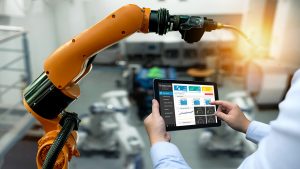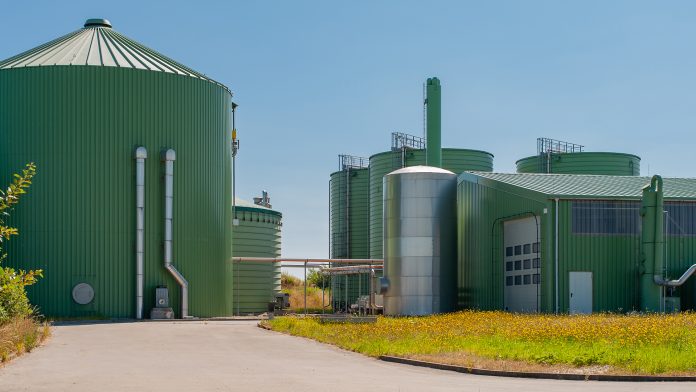A study led by the Yale School of Environment has analysed current Machine Learning methods for biomass and biomass-derived materials (BDM) to determine if it is advancing the research and development of biomass products.
The researchers decided to approach this study after discovering that Machine Learning has never been applied across the whole life cycle of BDM, limiting its ability for development.
Biomass is widely considered a renewable alternative to fossil fuels, and many experts say it can play a critical role in fighting climate change. Biomass stores carbon and can be turned into bio-based products and energy that can be used to improve soil, treat wastewater, and produce renewable feedstock.
However, large-scale production of it has been limited due to economic constraints and challenges to optimising and controlling biomass conversion.
The new study, ‘Machine learning for sustainable development and applications of biomass and biomass-derived carbonaceous materials in water and agricultural systems,’ was published in Resources Conservation and Recycling.
What are some of the limitations of large-scale BDM production?
Typical applications of BDM include soil amendment and wastewater treatment, with activated carbon being one of the most effective adsorbents. In addition to conventional usages, such as removing pollutants from aqueous solution, soil, and gas, it has gained popularity in high-value applications, including energy storage, catalyst support, and medical applications.
The technical, economic, and environmental performance of BDM depends on the combinations of biomass species, conversion technologies, and BDM applications. For example, the effectiveness of biochar application in soil amendment or water treatment highly depends on biochar’s physical and chemical properties.
The large-scale production of BDM is limited due to the complex supply chain, large feedstock quantity and quality variability, challenges in controlling and optimising biomass conversion, and economic constraints.
Using trial and error to determine results
The research investigates how emerging technologies and industrial development will affect the environment, focusing on bioeconomy and sustainable production.
The research was led by Yuan Yao, assistant professor of industrial ecology and sustainable systems, and doctoral student Hannah Szu-Han Wang from Yale’s School of Environment. They said they were interested in pursuing this study to determine if Machine Learning could help with best practices for creating BDM, a chief component of a bio-based economy, and predicting their performance as sustainable materials.
“There are so many combinations of biomass feedstock, conversion technologies, and BDM applications. If we want to try each combination using the traditional trial-and-error experimental approach, this will take a lot of time, labour, effort, and energy. We already generate a lot of data from these past experiments, so we want to know whether we can apply Machine Learning to help us figure out how we can better design BDM,” Yao explained.
Yao and Wang reviewed more than 50 papers published since 2008 to understand the capabilities, current limitations, and future potential of Machine Learning in supporting sustainable development and applications of BDM.
How Machine Learning can support sustainability goals
While a few studies applied Machine Learning to address data challenges for life cycle assessment, most studies only used it to predict and optimise the technical performance of biomass conversion and applications.

No existing studies reviewed Machine Learning applications across the entire lifecycle, from biomass cultivation to BDM production and end-use applications.
“Most studies are applying Machine Learning to just a tiny part of the entire lifecycle of BDM,” Yao said. “We argue that if you really want to incorporate sustainability into the development of this material, we need to consider the entire lifecycle of the materials, from how they are generated to their potential environmental impact. We believe our method can potentially support sustainability-informed design for biomass-derived materials.”
Wang said the study has led to further research on data gaps in Machine Learning on biomass-derived materials.
She concluded: “We found a future direction that people have not yet explored regarding sustainability assessments for BDM. There needs to be a full pathway prediction to enhance our understanding of how various factors regarding BDM interact and contribute to sustainability.”









